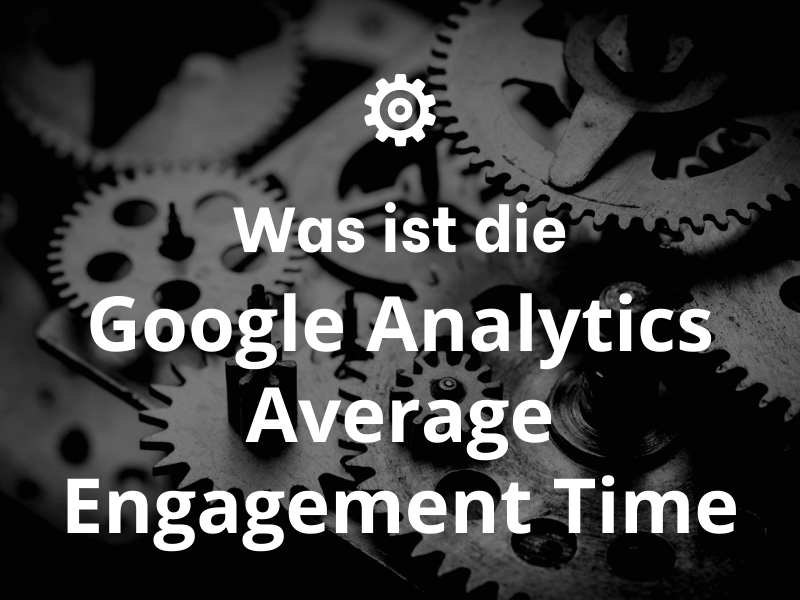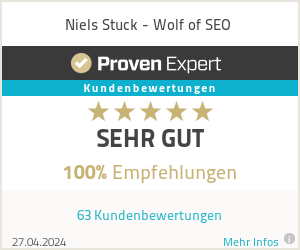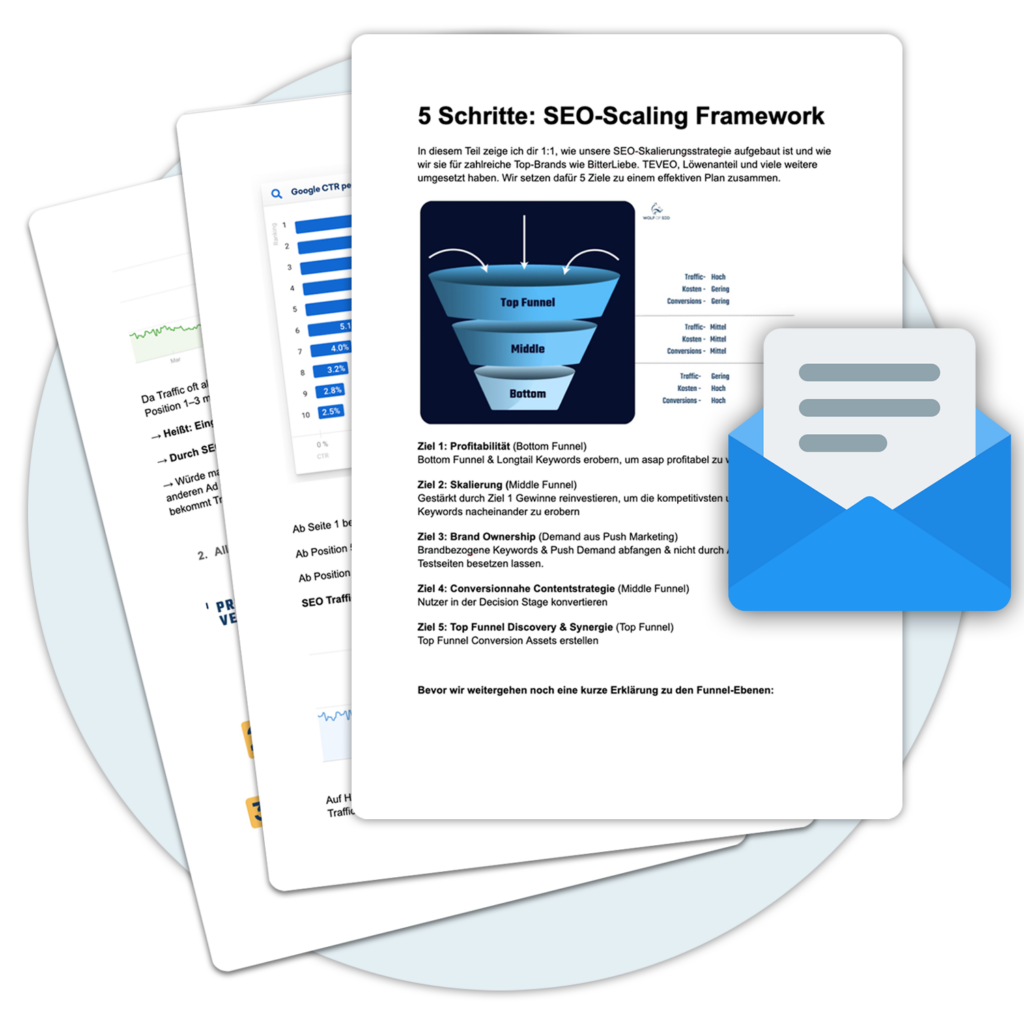Definition
Google Analytics Average Engagement Time is a measurement of the Average length of stay of a user on a particular website. It is based on the amount of time a user has been active on a website after visiting it previously. It measures the time a user spends on a particular page or the entire website area.
Advantages
The average value of user dwell time on a given site is an important metric to measure user engagement and can serve as a valuable resource that can be used to improve the user experience. The average value of user dwell time on a given site is a good indicator of how well the site's layout, navigation, and content are aligned with user interests and needs.
Disadvantages
The disadvantage of the Google Analytics Average Engagement Time is that it refers only to the time spent on the page and not to the actions users take on the page or whether they leave the page successfully after reading all the information on the page. There may be other criteria that also need to be considered to measure the success of a particular page.
Use cases
The Google Analytics Average Engagement Time can be used to measure user engagement and user experience. It can be an important metric to understand the users who access a particular site to determine how much time they spend there. It can also be used to see how users behave when navigating through a site and how much time they spend on each page.
Example 1:
An example of an Average Engagement Time use case may be measuring user engagement on a E-commerce-Website. When a user visits the site, the average value of the user's time spent on the site can be used to see how much time they spend on the site, how they move around the site, and how much time they spend on each page.
Example 2:
Another example is measuring engagement on a news feed. When a user visits the feed, the average value of how long the user spends on the feed can be used to see how much time they spend on each page, how they move around the feed, and how much time they spend on the different pages.
Conclusion
Google Analytics Average Engagement Time is a useful tool that can be used to measure user engagement. It can serve as a valuable resource that can be used to improve the user experience. However, it also has its limitations, as it does not relate to users' actions on a specific site. It is therefore important that other criteria are also considered to measure the success of a particular site.
« Back to Glossary Index







